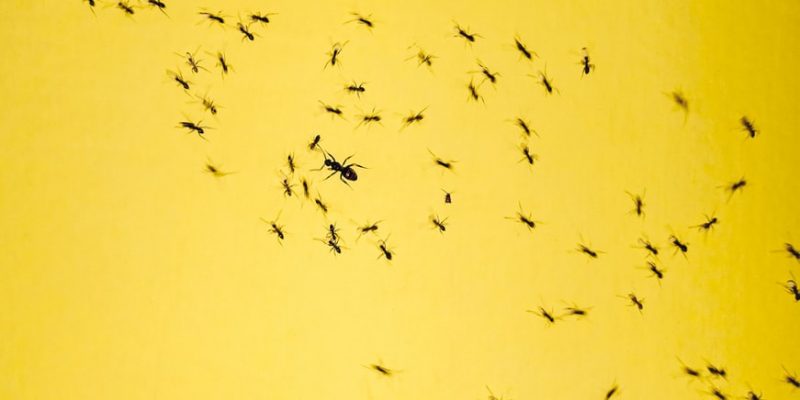Pests in your home can feel like an absolute nightmare. The sound of creeping, buzzing, chewing, or scurrying can add the feeling of a gothic horror movie to your nights; the scent of animal nests can be revolting, and suddenly none of the food in your home is sealed tightly enough to be safe. To top it all off, pests can cause serious damage to your home by burrowing holes, chewing through wires, or otherwise wreaking havoc. The following will explore several things you can do to help reduce the risk of pests choosing your home to settle in as well as some ways to get rid of them once they’ve shown up.
Seal Everything Off
Of course, the first step to preventing pests is to make it harder for them to physically get into your home in the first place. This means doing a thorough search of nooks and crannies, including in the spaces beneath the sink, within closets and beneath cupboards. You also want to check the edges of windows and doors. Fill in and seal up any holes or cracks you find. It is vital that you never assume a hole is too small for a critter to use to get into your home; most pests can make themselves impossibly small when they want to.
Keep Things Clean
While there are many pests that are no reflection of cleanliness, most pests like to eat, and if you make it easy for them to have their fill on a regular basis, they’re going to set themselves up in your home. Regular sweeping or vacuuming and mopping are necessary for areas where crumbs can fall (especially in the kitchen and dining areas). If you have small children that carry snacks around, this basically means all your floors (including beneath the couch and under couch cushions). All sugary spills should be cleaned up promptly as well since many critters (ants, especially) are drawn by the presence of sugar. Juice spills should be wiped up and the spot cleaned with hot soapy water to remove any sticky residue. You might even want to tackle a few deeper cleaning tasks like pulling out the stove and fridge and dealing with whatever has built up there. In particular, roaches love all that gunk that drips down the side of the stove and ends up on the floor between it and the counters. Truthfully, these deeper clean solutions should be part of a regular cleaning schedule.
Rethink Food Storage
Finally, you want to be sure that you’re properly storing your food. Anything that is in a cupboard should be in a sealed container as cardboard boxes and bags with openings can be burrowed into if a critter is in the mood for a snack. Don’t leave things out on the countertop and make use of your fridge to keep things truly safe. You might even discover that you much prefer cold chocolate to warm.
Set Traps
When setting traps, you’re looking for something that is specifically designed for the type of critter you have. If you’re not sure, for example, whether you have mice or rats, you might need to call a professional to help you determine them so you can choose an adequate trap. You also need to be especially careful of the traps you select if you have pets or children in the home. Many traps contain poison or mechanisms that can seriously damage little fingers. Do your research on kid-friendly options or consider child-proofing unsafe traps. For example, you can place a trap in the cupboard under the sink and lock the cupboard so that children can’t climb underneath.
Call An Expert
Of course, sometimes a problem is severe enough that you need the help of a professional. This is often the fastest way of dealing with a bigger pest infestation. It is critical that you speak with whomever you hire about the potential risks of chemicals used so that you can take appropriate measures to protect yourself and your family. At the very least, ventilation will probably be wise, but additional steps could be required (especially if you have an infant or pregnant or breastfeeding woman living in your home).
The above information should help you deal with your pest problems as efficiently as possible. It is worth noting that anyone who has a severe allergy to shellfish also has a severe allergy to cockroaches. This is an uncommon bit of knowledge that can result in some pretty troubling problems if the information isn’t shared.





















